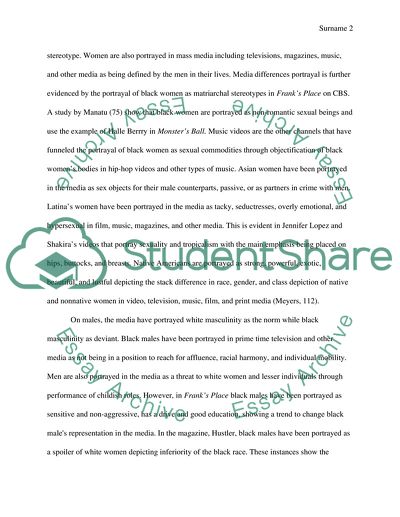Cite this document
(Gender, Race, Class in the Media Research Paper, n.d.)
Gender, Race, Class in the Media Research Paper. Retrieved from https://studentshare.org/media/1849551-how-is-difference-gender-class-race-etc-represented-in-television-reality-tv-dramas-sitcoms-etc-or-film-or-the-music-industry-why
Gender, Race, Class in the Media Research Paper. Retrieved from https://studentshare.org/media/1849551-how-is-difference-gender-class-race-etc-represented-in-television-reality-tv-dramas-sitcoms-etc-or-film-or-the-music-industry-why
(Gender, Race, Class in the Media Research Paper)
Gender, Race, Class in the Media Research Paper. https://studentshare.org/media/1849551-how-is-difference-gender-class-race-etc-represented-in-television-reality-tv-dramas-sitcoms-etc-or-film-or-the-music-industry-why.
Gender, Race, Class in the Media Research Paper. https://studentshare.org/media/1849551-how-is-difference-gender-class-race-etc-represented-in-television-reality-tv-dramas-sitcoms-etc-or-film-or-the-music-industry-why.
“Gender, Race, Class in the Media Research Paper”, n.d. https://studentshare.org/media/1849551-how-is-difference-gender-class-race-etc-represented-in-television-reality-tv-dramas-sitcoms-etc-or-film-or-the-music-industry-why.


